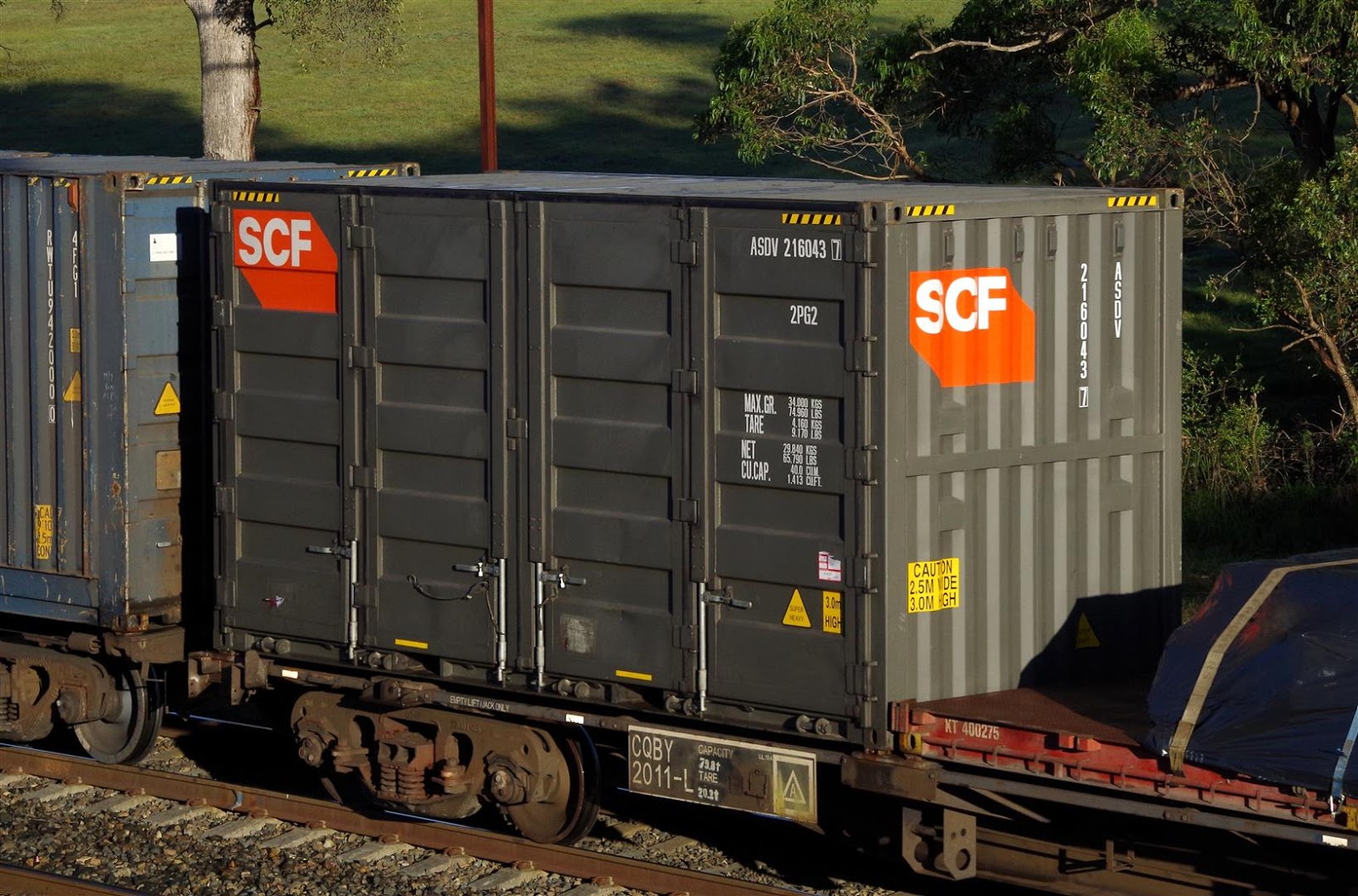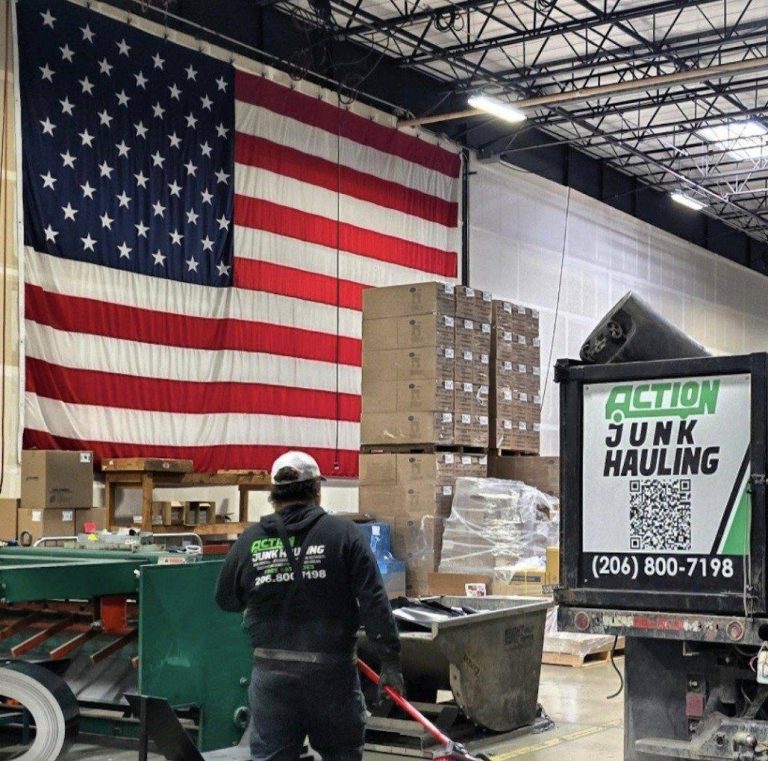Sea containers have revolutionized global trade and commerce by changing how goods are transported, stored, and reused. Their versatility has led to innovative uses across industries, making them essential components of modern infrastructure and economies.
Sea containers are mainly used to transport goods across oceans and continents.
Its standard dimensions (usually 20 or 40 feet long) allow for efficient loading, unloading, and stacking on ships, trains, and trucks. They have significantly reduced shipping costs, simplified logistics, and contributed to the globalization of supply chains.
SCF containers provide secure, weather-resistant storage solutions for businesses and individuals alike. They are commonly used in ports, distribution centers, and construction sites to store goods, equipment, and materials. Its durability protects it from the elements and enhances safety.
Containers are being repurposed to create temporary structures such as makeshift stores, exhibition spaces, and disaster relief shelters. These structures are economical, quick to set up, and easily transported to different locations, making them ideal for events or emergencies.
Shipping containers are increasingly used as building blocks for modular homes and housing units. Its stackable design allows the construction of multi-story residential and commercial spaces. Shipping container homes are sustainable, affordable, and can be customized to meet specific needs.
Containers are reused in controlled environment installations for hydroponics, vertical farming, and aquaculture. These units provide farmers with year-round growing conditions, minimize water consumption and maximize space efficiency. Container farms are precious in urban areas with limited arable land.

Containers are being transformed into mobile offices, co-working spaces, and workshops. Their portability and durability make them adaptable solutions for remote work, construction sites, and events. These mobile designs offer a flexible work environment with minimal setup time.
Shipping containers are transformed into trendy retail stores, food stalls, and cafes. They provide a unique aesthetic appeal and can be easily tailored to fit a brand’s personality. Container-based retail space is cost-effective and allows businesses to establish a presence in multiple locations quickly.
Containers are used as mobile classrooms, training centers, and laboratories. They can be equipped with the necessary equipment and technology for educational purposes, opening up learning opportunities in remote or underserved areas.
Shipping containers are being repurposed into art installations, galleries, and cultural spaces. This creative use offers a unique canvas for artists and creates accessible venues for cultural events and exhibitions.
Containers can house renewable energy production equipment such as solar panels, batteries, and wind turbines. These compact stations contribute to the production and distribution of sustainable energy.
Conclusion
Sea containers have grown beyond their original purpose as cargo transport vessels and have become versatile assets with a wide range of uses. From transforming global trade to providing innovative solutions to residential construction, agriculture, retail, and more, these modular metal boxes have left an indelible mark on modern society.



















